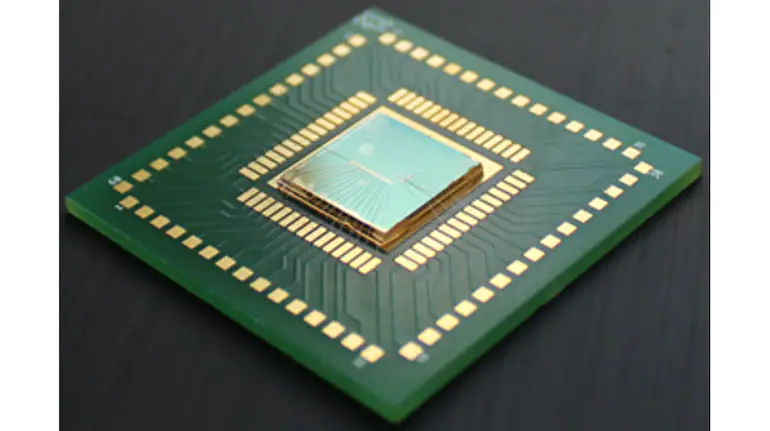In a major breakthrough, as comparison to the present metal-oxide conductors (CMOS) circuit-based chips, researchers at the Centre for Nano Science and Engineering (CeNSE) at the Indian Institute of Science (IISc), Bengaluru, have created a computing platform that is 47 times more energy-efficient and 93 times faster. Additionally, it occupies less room, with a physical footprint decrease of 9%.
Memristors, rather than the conventional CMOS, were used by the researchers to achieve this. Memristors have the benefit of being able to compute and store data simultaneously. In comparison to conventional CMOS circuits, this enables the team to reduce the number of components needed for a circuit and boost its speed and energy efficiency.
“We have now discovered a molecular circuit element that can capture complex logic functions within itself, facilitating in-memory computations in a smaller number of time steps and using much fewer elements than usual,” said Sreetosh Goswami, Assistant Professor at CeNSE, who led both the studies published in Advanced Materials.
Data must be physically kept separately in the present computing architectures based on CMOS, which is an issue. As a result, the back and forth between the platform and data clusters consumes a lot of energy and reduces the efficiency of CMOS-based circuits. Additionally, it consumes a lot more computing resources.
“We are resolving this problem by performing both computation and storage at the same physical location,” Goswami added. He said the team was now “able to make arrays of devices that are more robust, consistent and stable even compared to commercial technologies like flash memories”.
The next stage would be to attach the platform to a touch-sensitive sensor, such as a smartphone screen, and analyse how the platform functions.
“These (complexes) are like electron sponges that can take and give away electrons for billions of cycles without degradation,” said Sreebrata Goswami, Principal Scientist at CeNSE and designer of the metal-organic complexes used for the platform.
Researchers were able to modify the platform on the same circuit for different tasks by making little adjustments to the complex’s chemical makeup.




